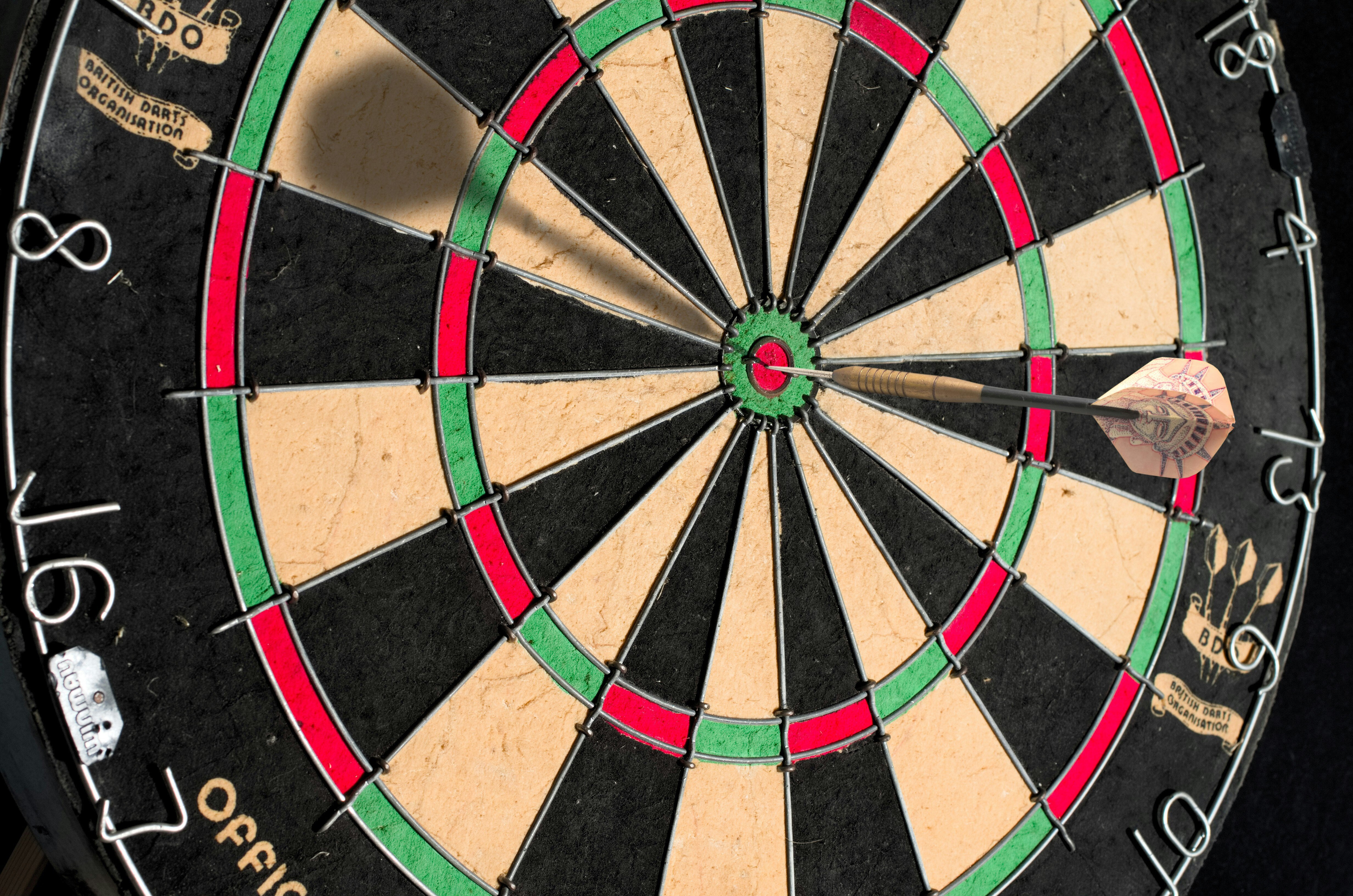August Round-up: Better Meta Targeting, Google Glitch & UX Best Practice
The latest version of our newsletter should have settled in your email inbox, detailing the need-to-know information and must-read thought leadership...
Read moreIn this week’s roundup, our Client Director, Sarah Fieldhouse, talks us through do’s and don’ts for marketing measurement during a pandemic and whether social distancing will accelerate a trend toward home as headquarters.
What are the latest updates in the world of digital marketing? In this weeks’ news, I’ll be discussing how to measure marketing during a pandemic, some tips for best practice marketing, and whether social distancing will accelerate an already present working from home trend.
How do you measure your marketing efforts in a time of upheaval? In an article posted earlier this month, Google’s Head of Strategic Analytics for Marketing, Avinash Kaushik, discusses how and what should be measured since the COVID-19 pandemic has upended – well, everything. The Coronavirus pandemic has affected the lives of everyone around the globe, both personally and professionally, so should we even be measuring our marketing efforts during these unprecedented times?
Kaushik identifies five marketing strategies that Google have chosen to pause for the moment, and five that continue to provide value:
Putting the brakes on…
Continuing to…
What do you think? Will you be utilising any of these marketing strategies as a way to measure your marketing efforts? Let us know your thoughts by tweeting @clickthrough.
The ongoing coronavirus pandemic is overturning a lot of conventional wisdom around digital marketing and media consumption, with many consumers being stuck at home and eager for reputable news. And yet, as Polly Wong notes in her article on best practice for digital marketing during coronavirus:
“Publishers are seeing ad revenue drop because of brand-safety prohibitions on pandemic-related content. Health and wellness products are thriving at the same time as people are looking for the comforting familiarity of junk food and escapist entertainment…for digital marketers, the current environment is rife with potential pitfalls, but likewise with alluring opportunities for reaching customers in a captive state.”
Here, then, are some of the critical best practices Wong outlines for adjusting digital marketing campaigns in the context of an ongoing health crisis:
As a result of the COVID-19 outbreak, large numbers of people are finding themselves working from home for longer periods than perhaps they ever have before. Many people are using technology to make the transition, but it seems that this trend was already underway before the coronavirus pandemic.
In his article, will social distancing accelerate a trend toward home as headquarters, Justin de Graaf notes how working from home allowed people to make better use of their time, whether it be missing a lengthy commuting or the queue at supermarkets.
With so many advances in technology, such as high-speed internet and web conferencing apps, more people are transforming their homes into workspaces.

Source: Global Workplace Analytics
Interestingly, the primary driver for working from home is better quality of life. In its Global Workspace Survey, flexible workspace provider IWG found that:
“80% of workers in the U.S. would choose a job that offered flexible working over a job that didn’t, and [30%] of people value being able to choose their work location over an increase in vacation time.”
With the increase of people working remotely, it’s no surprise that shopping patterns have changed, too. It’s also no surprise that growth in searches for grocery delivery and pickup services has increased by 130%.
In the short term, marketers will need to find helpful ways to support people by meeting their most basic needs. And in the long-term, we’ll all need to work to understand what it means for all aspects of digital marketing when home becomes peoples’ new headquarters.
If you’d like to discuss any of the news I’ve included in this update, get in touch with our digital marketing experts today. You can also tweet us @clickthrough.
More articles you might be interested in:

The latest version of our newsletter should have settled in your email inbox, detailing the need-to-know information and must-read thought leadership...
Read more
As the cost of living continues to present challenges for many Brits, an increasing number of families are choosing to holiday within the United...
Read more
Our first curated newsletter has hit inboxes, detailing all of the latest need-to-know information and sharing all the necessary thought leadership...
Read more
Over the past few years, marketing leaders have been gearing up for the inevitable 'Cookieless Future'. Safari was the first to bid farewell to...
Read more.png)
It only seems like yesterday that it was the winter of 2022 and we were balancing Black Friday and the Qatar World Cup. Fast forward to now and we're...
Read more
There are many factors to consider when choosing an automotive dealership, with 53% of customers saying that price determines which dealership they...
Read more
Which UK-based private healthcare providers are running away with their digital presence and who needs a helping hand to take the next step? How is...
Read more.jpg)
How prepared are you for planning & budgeting season? Dave Chaffey shares some of the questions you should ask yourself when planning marketing...
Read more